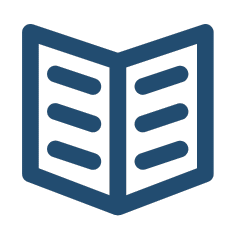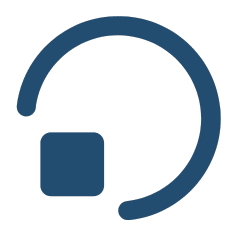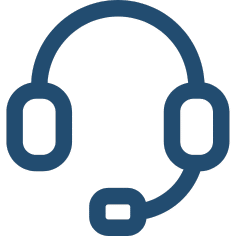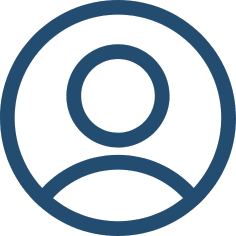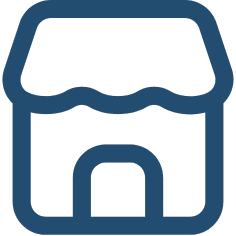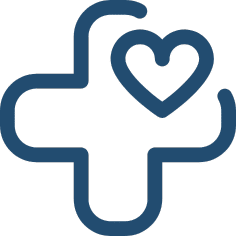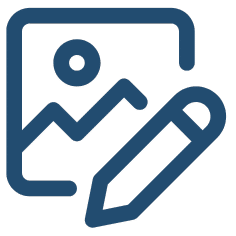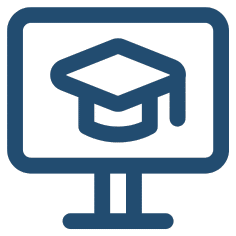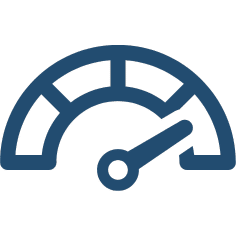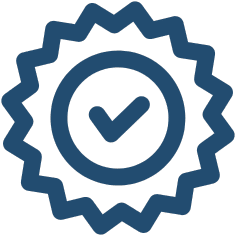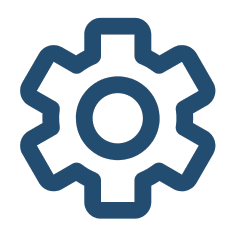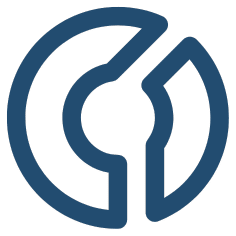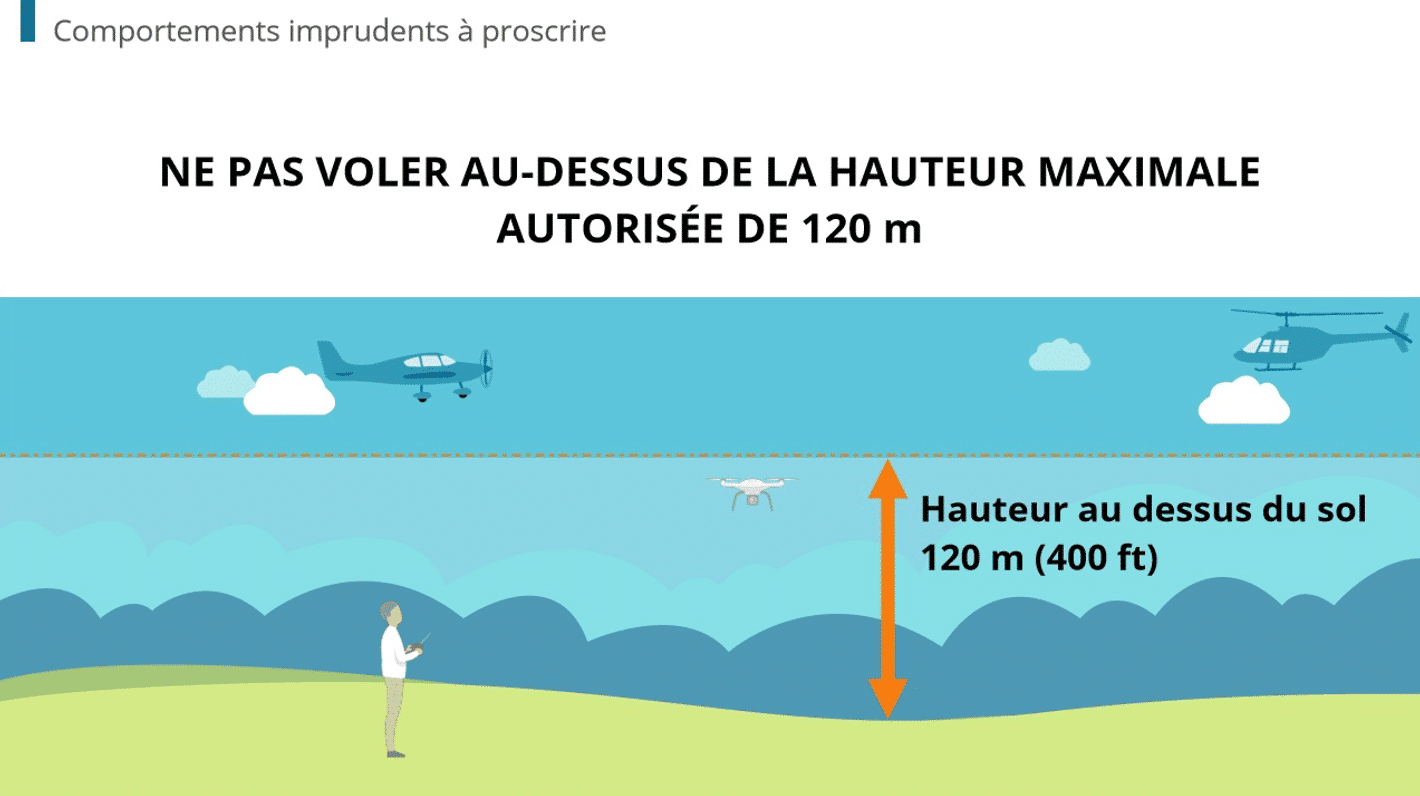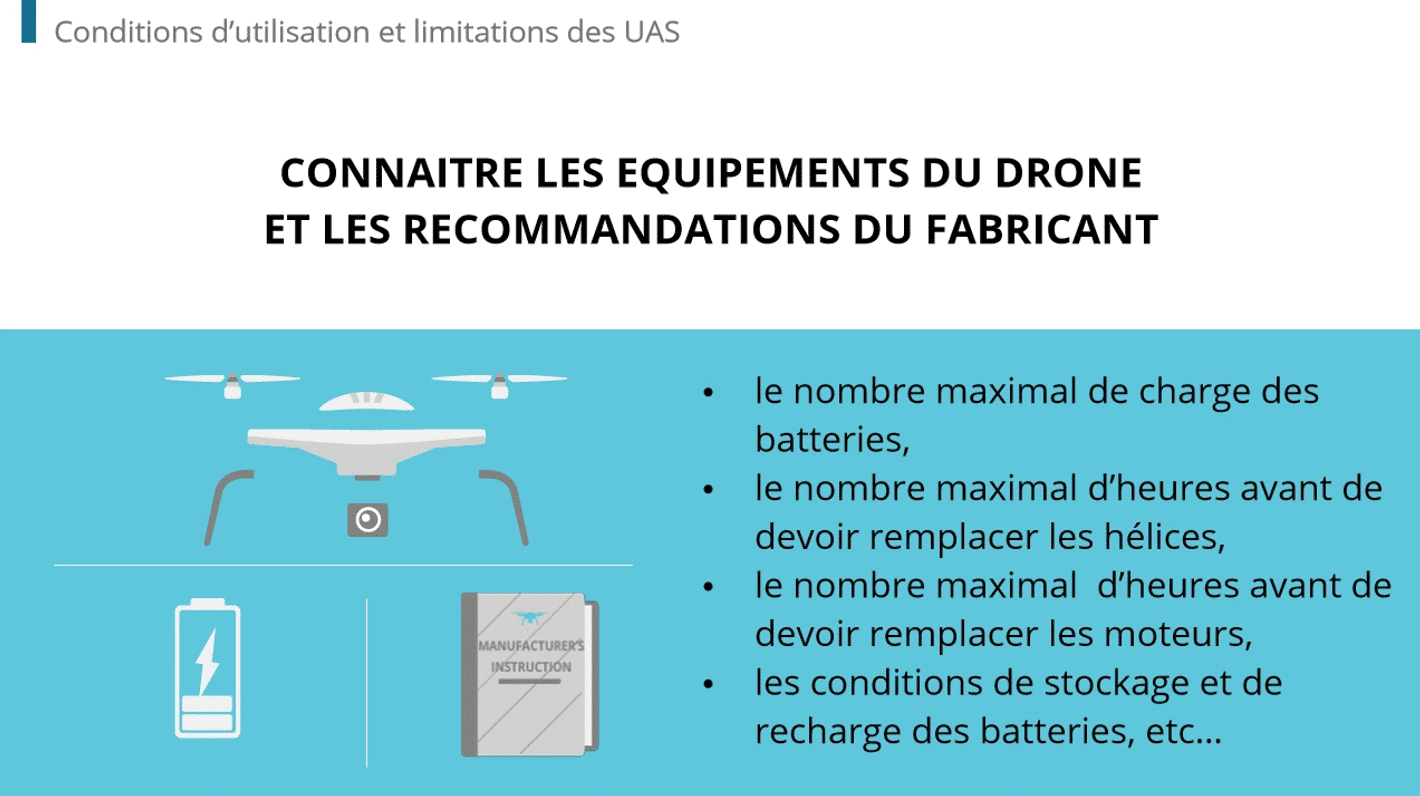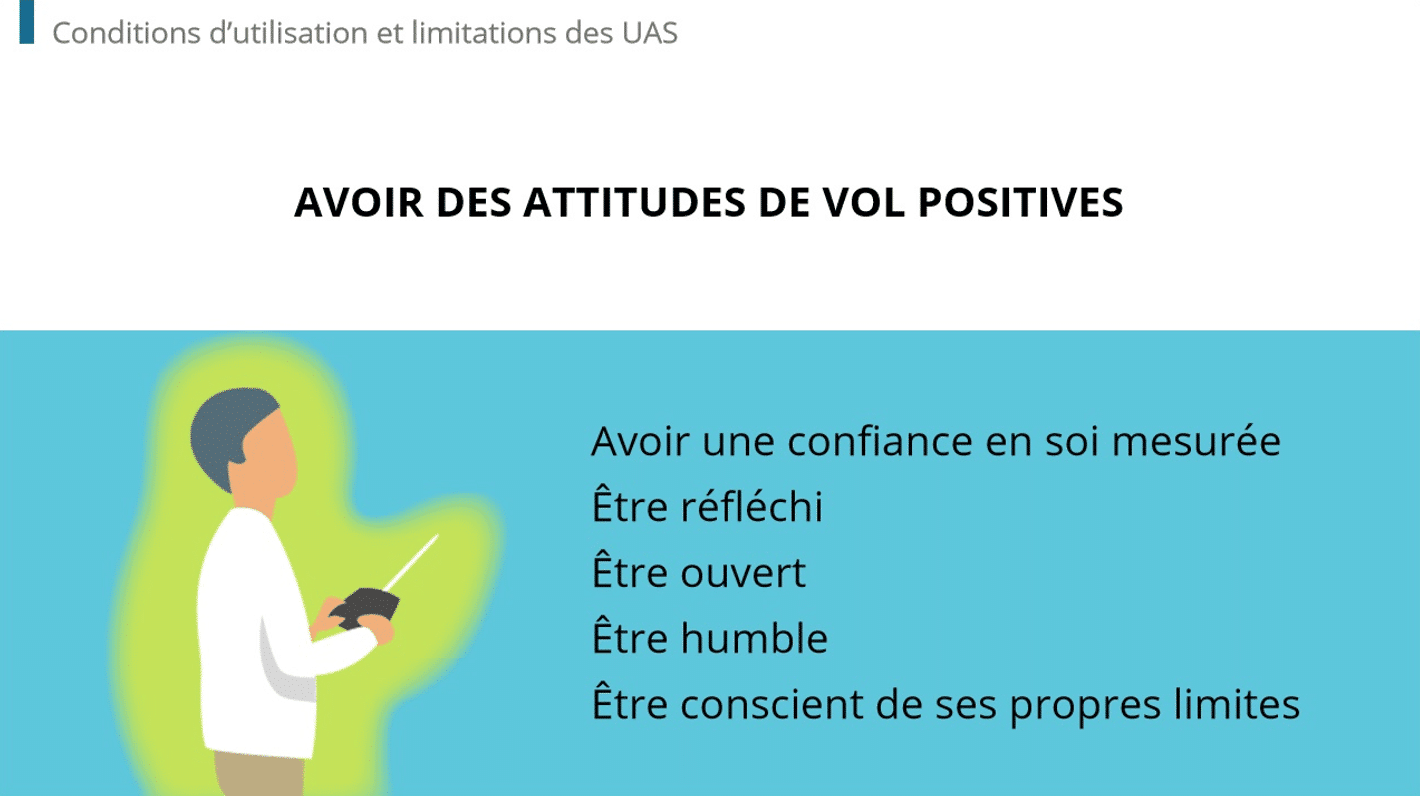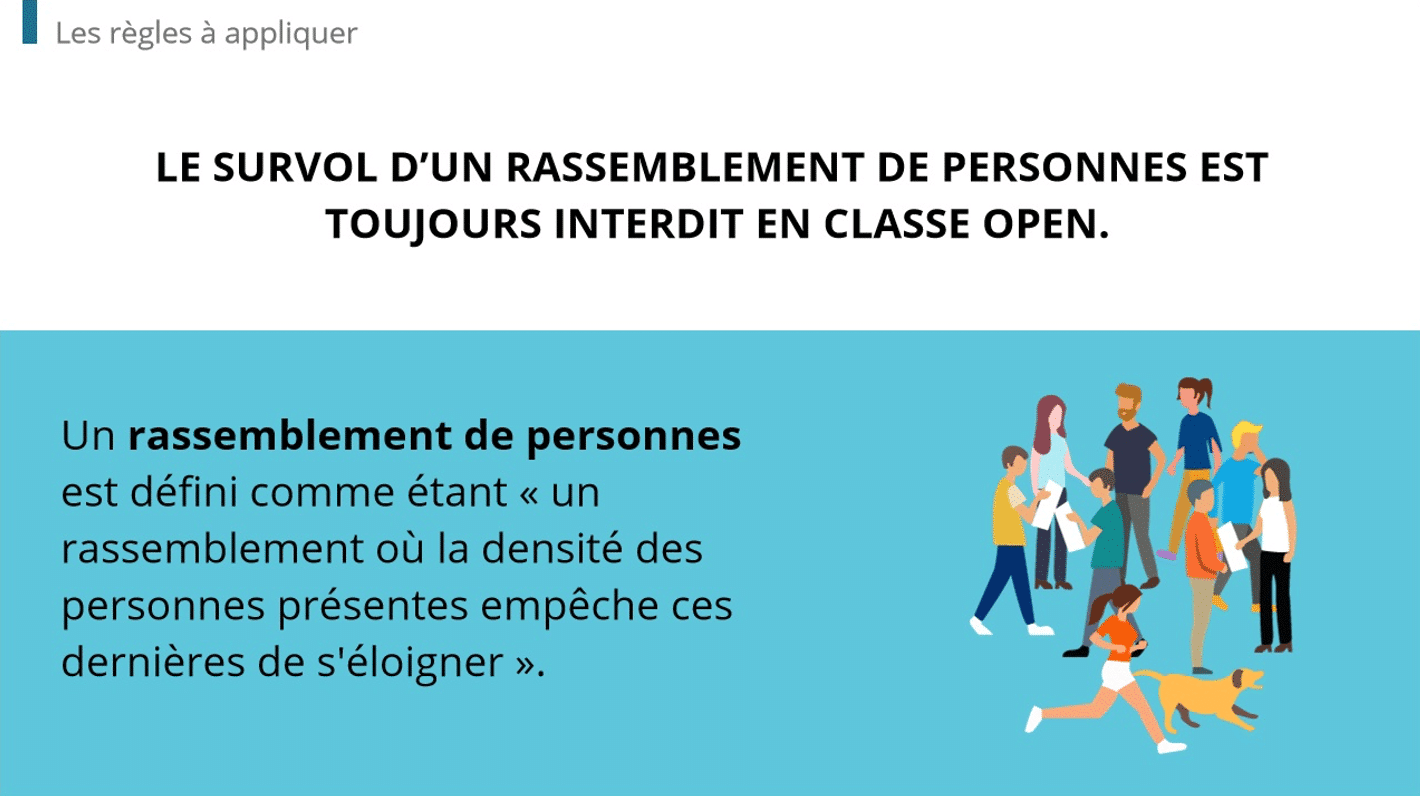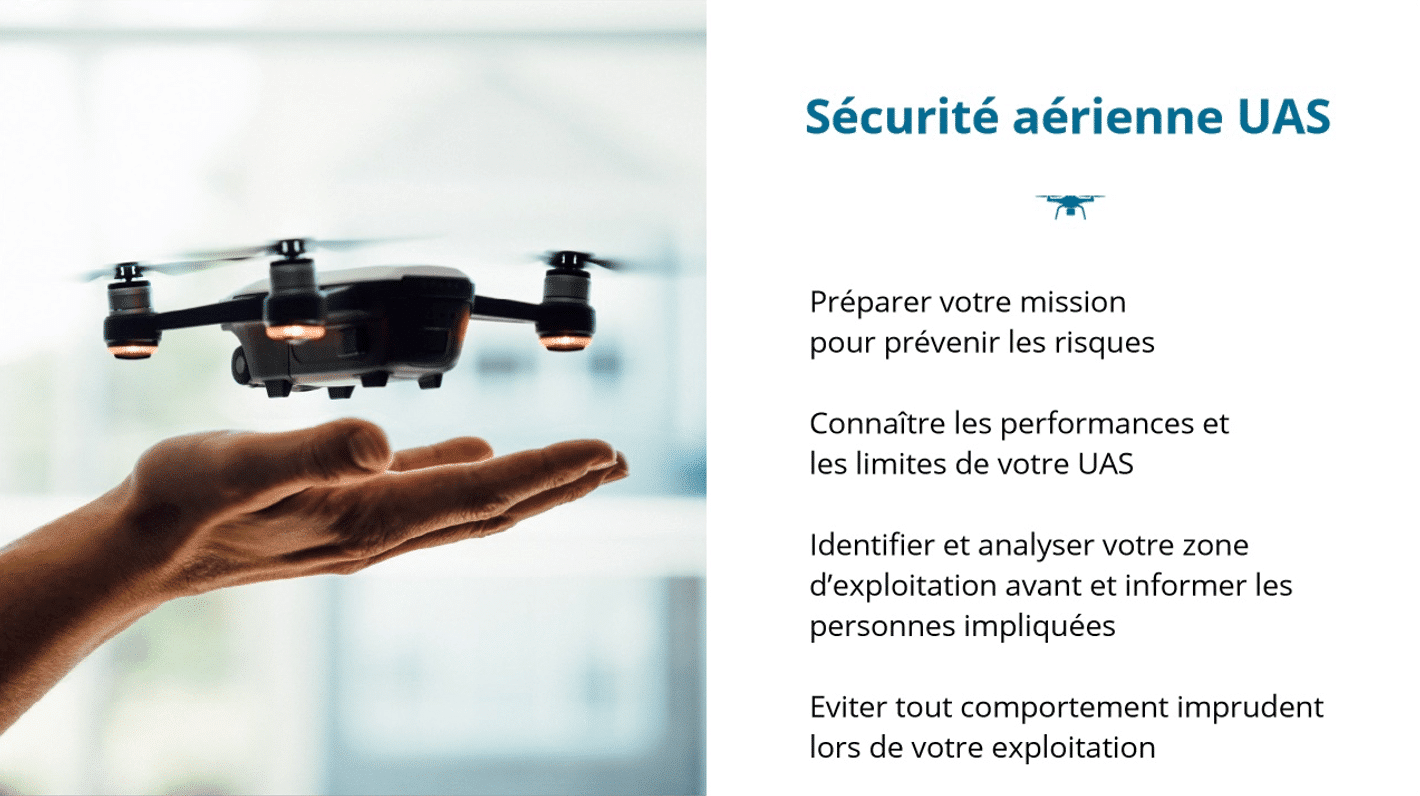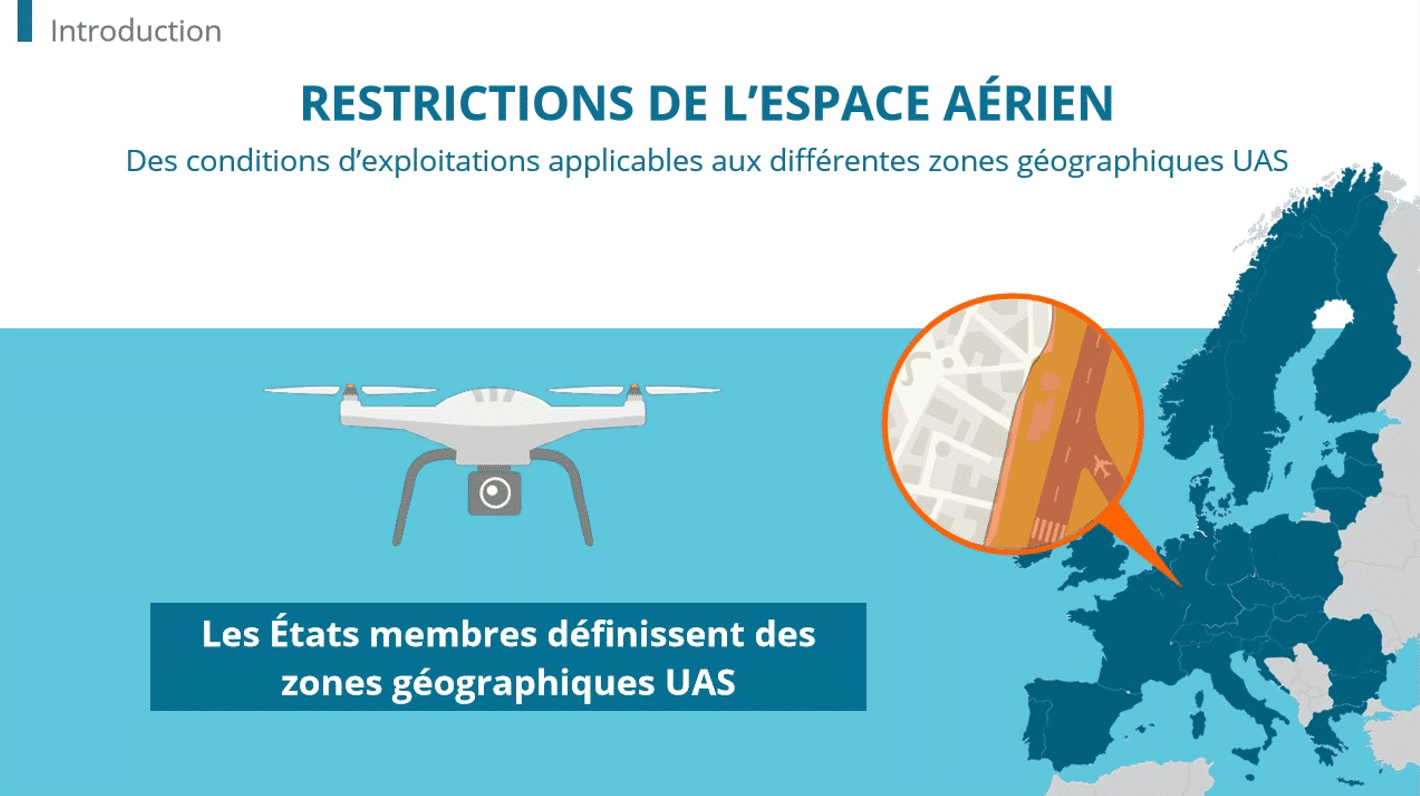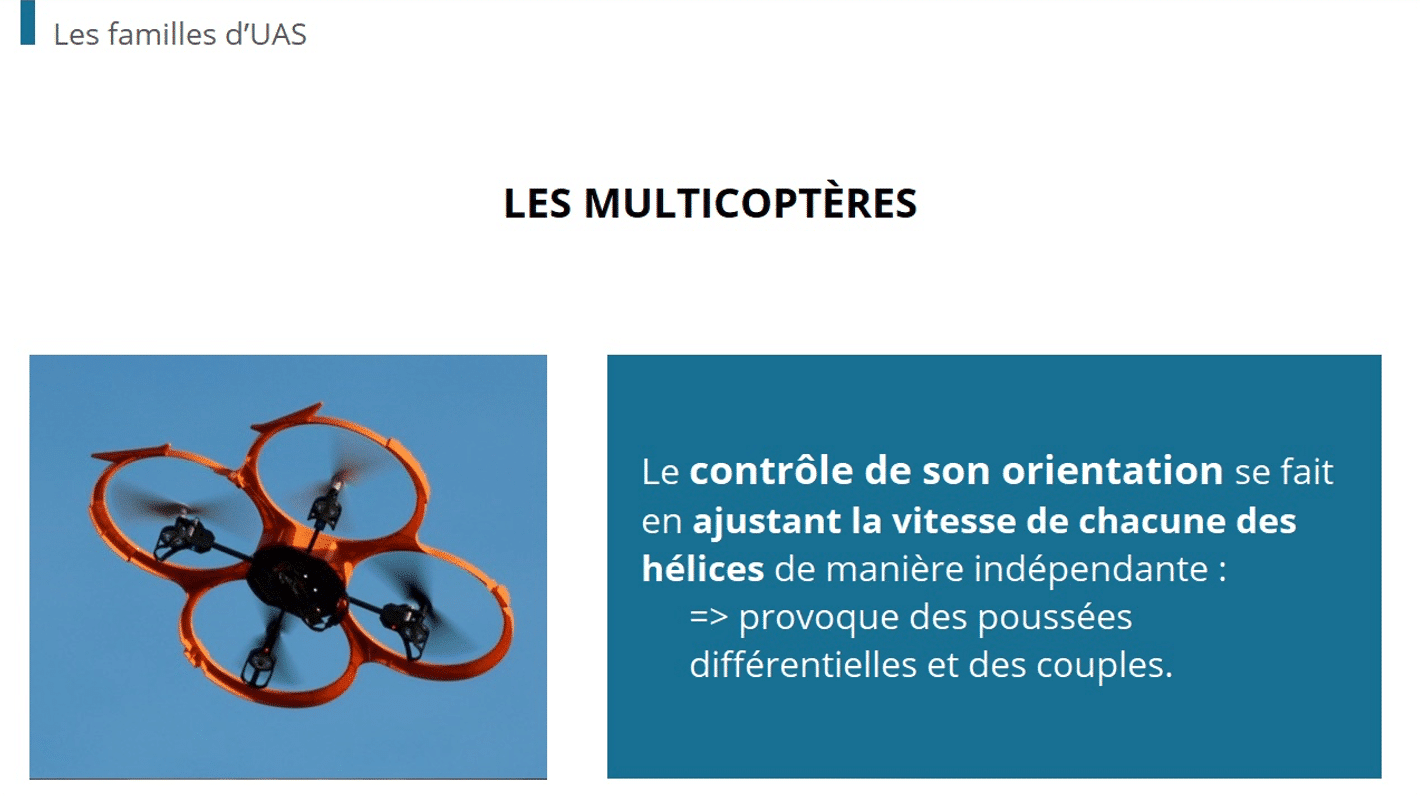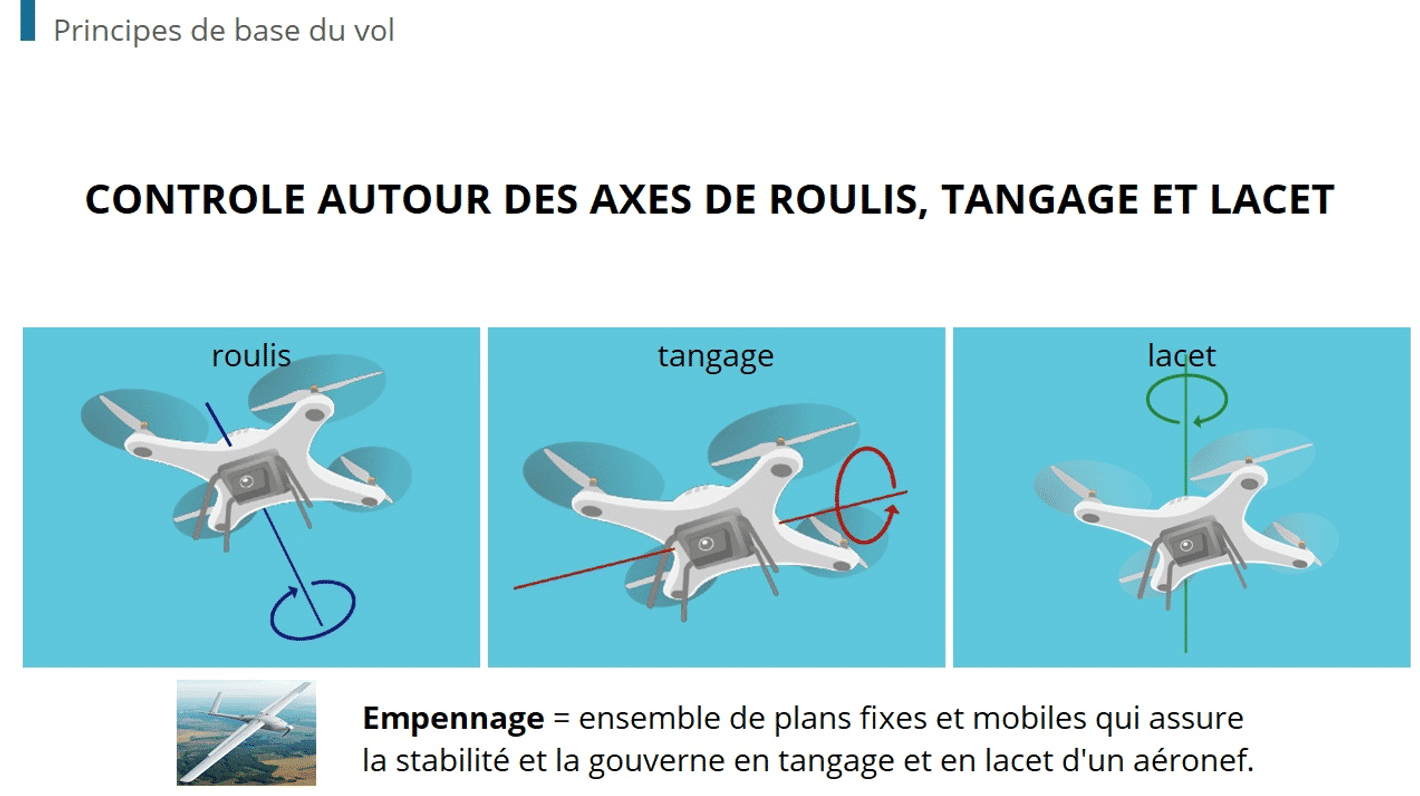How to Combine GxP and Non-GxP Into Your LMS Training
Digital learning is a convenient way to keep your staff updated on the latest industry protocol and best practices.
In the life sciences sector, all employees must have a baseline fluency of GxP and non-GxP quality guidelines. With well-devised e-learning implementation, your crew is guaranteed access to educational material anytime and anywhere.
Why GxP education matters
GxP is a set of regulations adopted nationwide by the Food and Drug Administration to ensure uniformity in the safety and manufacturing of products in the pharmaceutical sector.
The “G” and “P” stand for goods and practices while the “x” in GxP encompasses various stages in development and release of pharmaceuticals, including:
- Clinical (GCP)
- Laboratory (GLP)
- Manufacturing (GMP)
- Storage (GSP)
- Review (GRP)
If your work involves any of the above stages, for example, laboratory testing, safe storage, or product review, your staff needs to be educated on the regulations. This includes consistent refreshers and staying up-to-date when there are regulation changes.
Not adhering to GxP protocol can question the quality assurance of your product. Other consequences include irreparable harm to your company’s legitimacy within industry circles.
The advantages of LMS e-learning for GxP and non-GxP training
E-learning is becoming standard practice across all industries, from Fortune 500 companies to small businesses. Here are some advantages:
- Customize classes through an easy-to-use course builder.
- Create a course that’s accessible via personal devices, from laptops to smartphones.
- Give employees the flexibility of completing the course anytime, anywhere. Eliminate traditional scheduled training altogether.
- Increase staff retention rate. According to Tech Jury, LMS e-learning increases retention rates by 25% to 60%.
- Create a course that combines GxP and non-GxP material to ensure all facets of training are covered.
- Reuse the course template when creating a new or updated course.
Best practices for using an L&D platform for GxP and non-GxP training
Companies have implemented their own best practices based on what works for them. So here’s a compilation of e-learning best practices based on client input over several years.
Enable staff to freely comment
They’re the ones who’re taking the course, so they should have a say in its implementation. Be especially responsive to critiques.
Continue to make adjustments
Feel free to change material mid-course based on staff feedback. This makes your employees feel like their voices are heard and has a secondary effect of boosting morale.
Combine GxP and non-GxP coursework
Combine GxP with non-GxP training into one comprehensive course. GxP and non-GxP information are likely to overlap, so it’s best to have the materials together rather than separate, siloed courses.
Just be sure to keep the respective materials in their own sub-sections to avoid confusion and mix-ups.
Distinguish between GxP and non-GxP material
For many organizations, non-GxP material includes regulations and policies at the company level. Ensure your staff knows what’s mandated under GxP rules and what materials apply strictly within company limits. Examples of non-GxP information that you can integrate into your course include:
- Company policies regarding sick time and paid leave.
- What constitutes inappropriate behavior in the office.
- Company-established standard operating procedures.
Keep it semi-formal
The text material in your course shouldn’t read like a textbook. Feel free to incorporate humor, memes, and GIFs. Materials must also be diverse and combine text, videos, infographics, and audio.
Always keep the course accessible
Even once everyone has completed the course, keep it accessible. This course will act as the company guide. Staff can freely move between sections to review the material if they need to quickly go over a GxP or company-based guideline.
Gamify the courses
Your staff isn’t exactly going to be hooting in joy to take a digital course on industry regulation.
This material is by nature very dry and an absolute bore to read. Add some entertaining elements to the course by gamifying and introducing some competitive elements. Ways to gamify your courses include:
- Running competitions to see who can score the highest in after-review quizzes
- Giving out digital trophies for each course section completed
- Rewarding employees who win competitions or receive a certain amount of trophies
Revolutionize your e-learning with our L&D platform
GxP and non-GxP information is a lot of material to cover, and ensuring everyone on the company roster is versed in the data presents a major challenge.
Dokeos makes the process far more manageable to organize with its innovative LMS. Contact us today and we’ll make GxP and non-GxP compliance training engaging.





